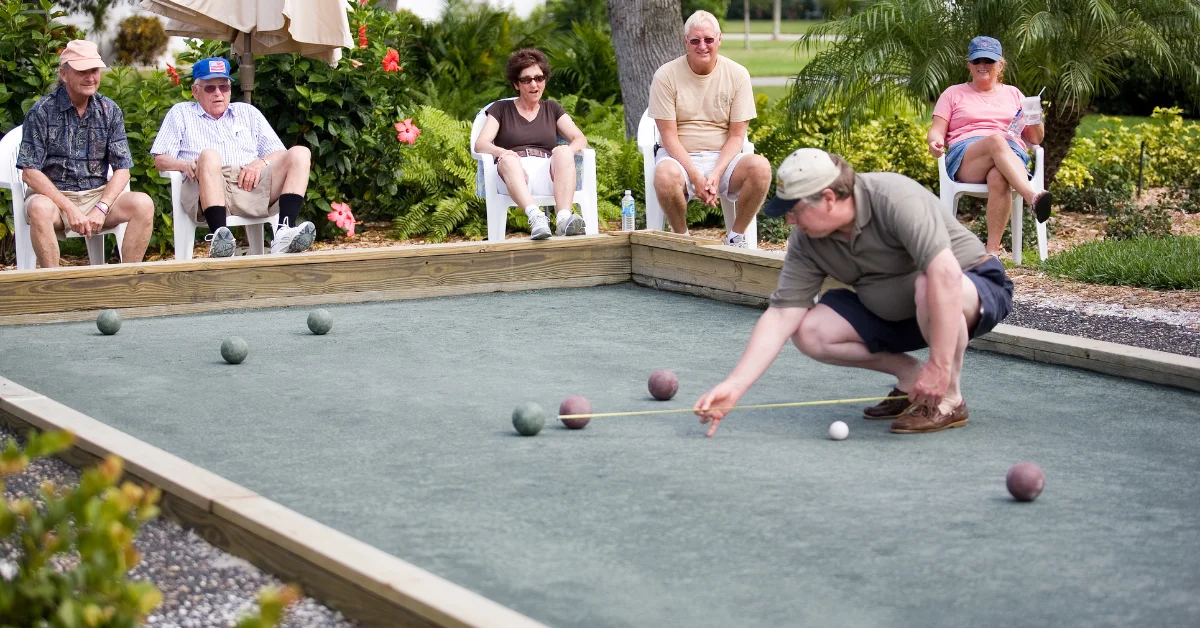Introduction
In the realm of recreational sports, few have withstood the test of time as impressively as bocce. With its roots tracing back to ancient civilizations, this seemingly simple game has woven itself into the cultural fabric of many societies. From the rolling hills of Italy to the shores of Greece and beyond, the history of bocce is a captivating tale of competition, camaraderie, and community. In this blog post, we’ll embark on a journey through the centuries to explore the evolution and significance of this timeless game.
Ancient Origins
The origins of bocce can be traced back over two millennia to the ancient Roman Empire. Though the game as we know it today has evolved, its early foundations were laid in the sport known as “bucca,” which translates to “boss” or “protuberance.” Early versions of the game involved tossing stones at a target, with the closest stone to the target being declared the winner. This simple yet engaging activity soon gained popularity and spread across the empire.
Spread Across Cultures
As the Roman Empire expanded, so did the popularity of bocce. The game’s appeal transcended borders, reaching various corners of the world. While the Romans introduced bocce to different regions, the game took on unique variations in different cultures.In Greece, a similar game called “boules” emerged, which shares many similarities with bocce. Boules involves tossing metal balls close to a target ball, much like bocce. In ancient Egypt, records indicate a game called “pétanque” being played, further highlighting the global appeal of such target-based games.
Renaissance Revival
Following the fall of the Roman Empire, bocce’s popularity endured a period of decline. However, it experienced a renaissance during the 16th century, particularly in Italy. The game’s revival was linked to the Italian fascination with strategy, precision, and competition.The modern version of bocce, as we know it today, began to take shape during this period. Instead of stones, players began to use wooden balls, which allowed for more control and precision. Bocce courts, meticulously designed with specific dimensions, became a common sight in Italian villages and towns. The game’s social nature fostered a sense of community, as people of all ages gathered to engage in friendly matches and engage in lively conversations.
Global Influence and Modern Adaptations
As time went on, bocce continued to make its mark around the world. Italian immigrants brought the game to different continents, introducing it to new generations and communities. Bocce found its way to the Americas, where it gained popularity, particularly in Italian-American neighborhoods.In recent years,
bocce has experienced a resurgence in popularity, thanks in part to its accessibility and inclusive nature. Modern adaptations of the game include beach bocce and indoor bocce, which have expanded the range of settings in which the game can be enjoyed.
Conclusion
The history of bocce is a testament to the enduring power of simple yet engaging games that bring people together across cultures and generations. From its humble origins in ancient Rome to its global influence today, bocce has transcended time and boundaries, leaving an indelible mark on the world of recreational sports. As enthusiasts continue to roll the balls and aim for the target, they are not only participating in a game but also becoming a part of a rich historical legacy that stretches back thousands of years.
